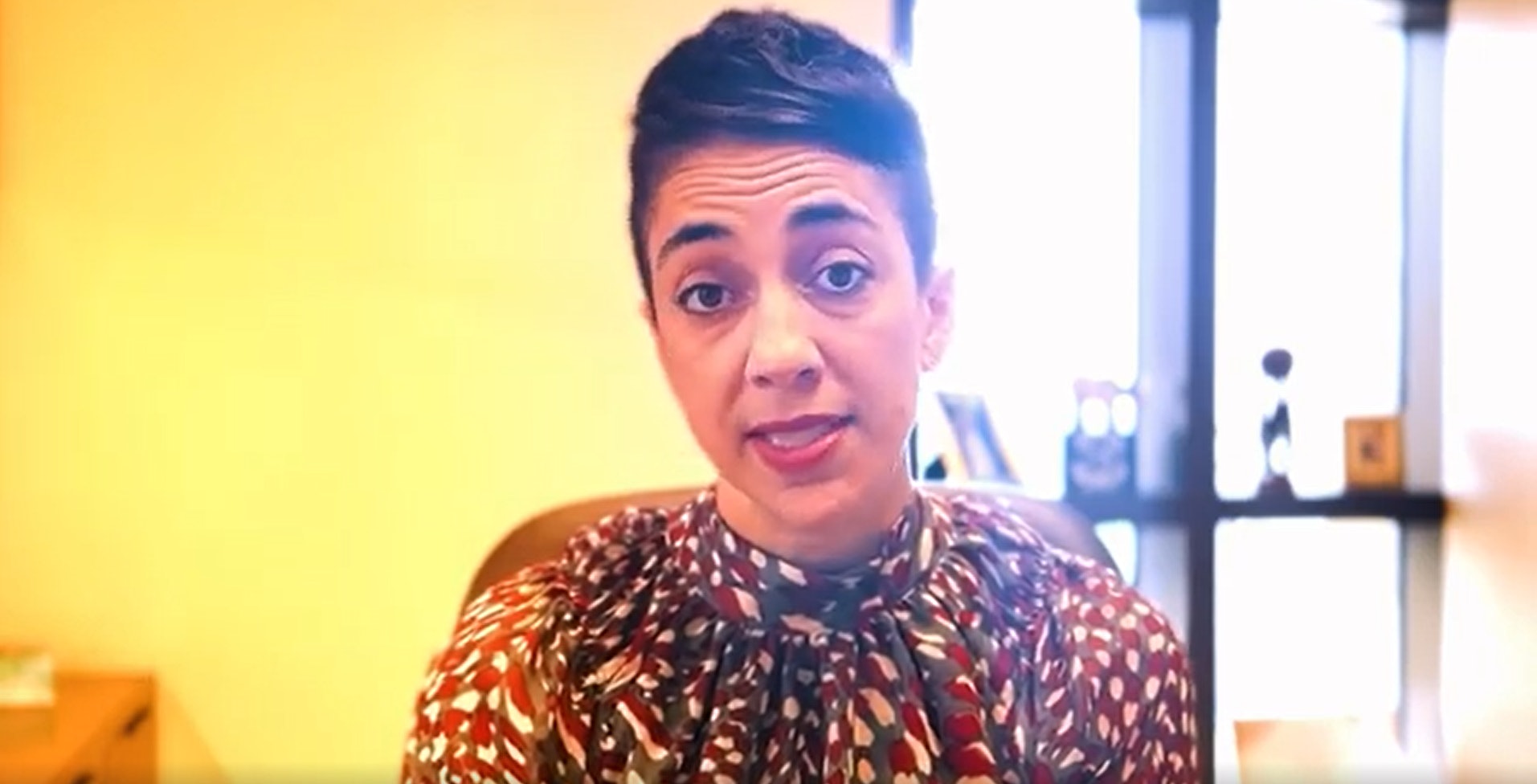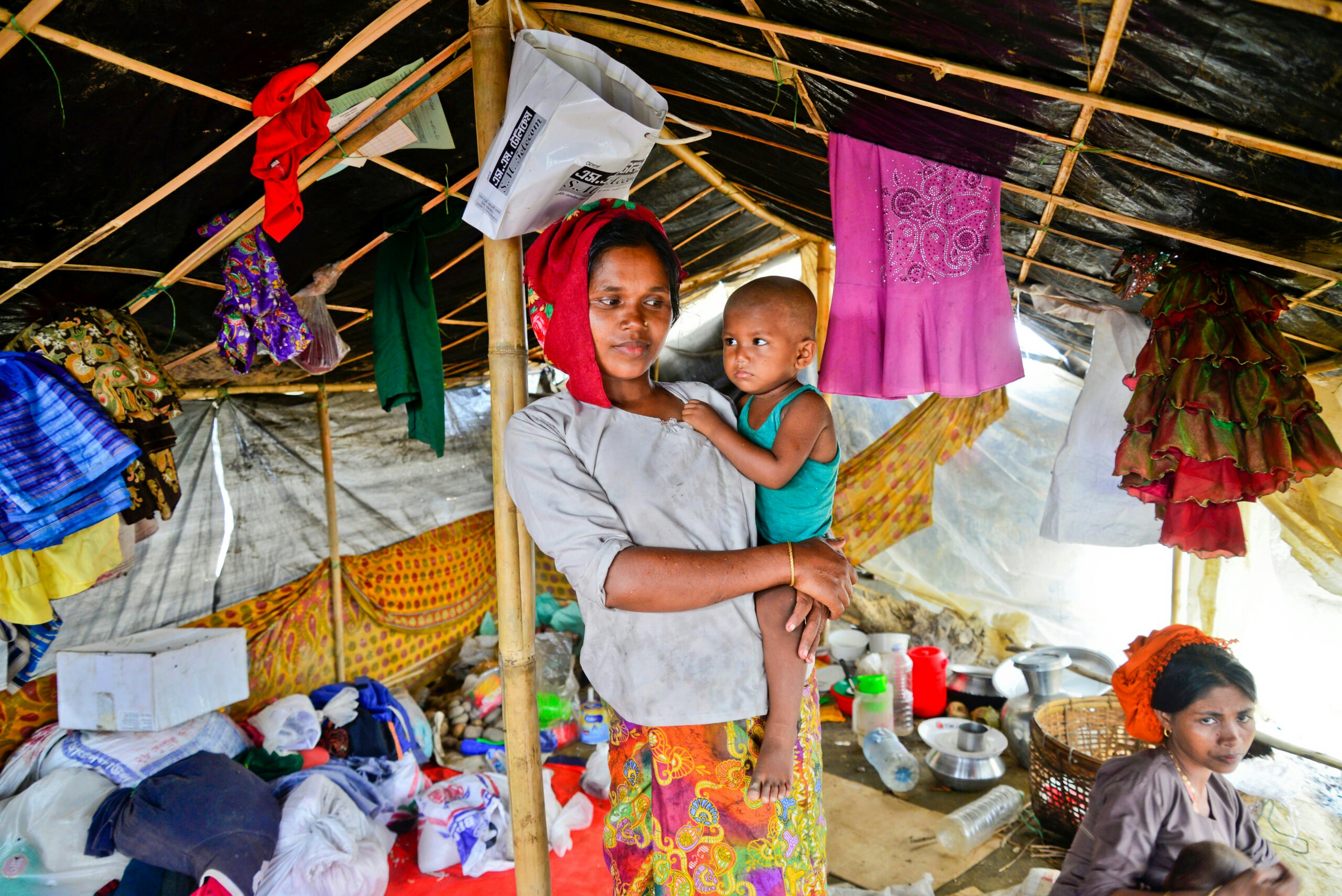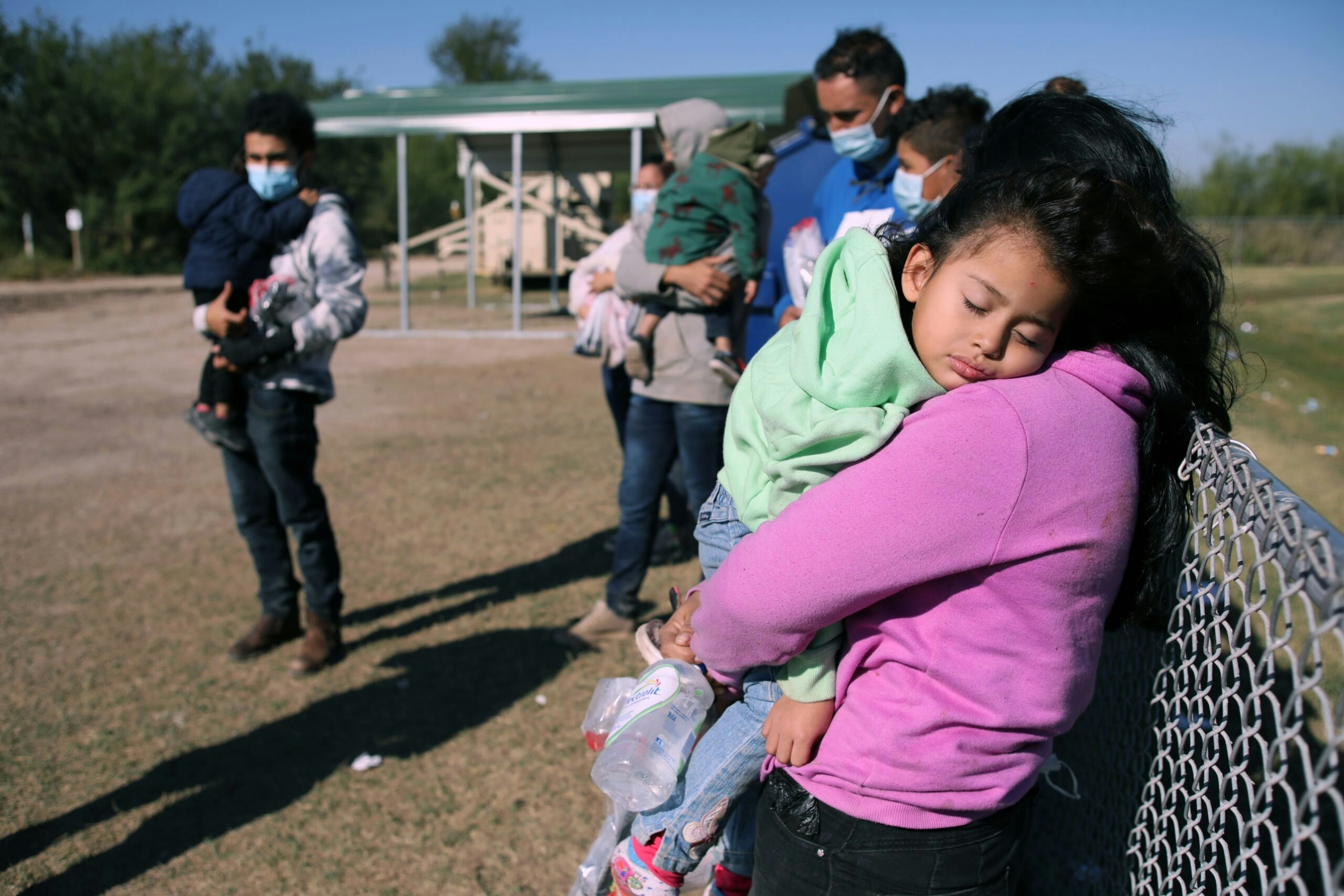Over 160 teams are competing this year in the FIRST Global robotics challenge, and Afghanistan’s team has overcome a number of obstacles to be a part of the competition.
The girls of Afghanistan are strong, intelligent, and resilient. The six high school students competing in the FIRST Global international robotics competition exemplify this and so much more.
The FIRST Global robotics challenge is an annual competition organized to ignite a passion for Science, Technology, Engineering, and Mathematics (STEM) among youth across the world. Over 160 teams are competing this year, and Afghanistan’s team has overcome a number of obstacles to be a part of the competition.
When the official equipment kit sent to them was held up in customs, they used household items to build their robot in two weeks, rather than the three months that other teams had to complete the project. The robot sorts balls, has the ability to recognize orange and blue colors, and can move objects to put them in their correct places. When their visa application was denied the first time, they made the approximately 500-mile journey from their hometown of Herat to the U.S. Embassy in Kabul a second time. This journey is no small feat, particularly after multiple attacks in Kabul over the last few months.
During the Taliban era, women and girls were forbidden to attend school or leave their homes without a male relative. Since then, they have not taken their right to education for granted. Today, about six million children are registered in school and one-third of them are girls – an important leap forward for Afghanistan’s future. As Dr. Sakeena Yacoobi, founder of the Afghan Institute of Learning and staunch advocate of women’s rights states in We are Afghan Women: Voices of Hope, “Education had changed my life. With education, I was able to help my own family. Once you have education, no one can ever take that away from you.”
Girls in Afghanistan are also taking advantage of opportunities to pursue STEM in school, often with the help of non-governmental organizations and the private sector. For example, Dallas-based companies Dialexa and Vinli, in partnership with the Womanity Foundation, help foster the talent of high school girls interested in computer programming through “Girls Can Code.” In addition, New York-based Code to Inspire opened the first coding school for girls in Herat, Afghanistan in 2015, noting that enabling women to access the wealth of the global technology economy contributes to their economic and social advancement. Sixty-three percent of the population of Afghanistan is under the age of 25 and like most millennials, they remain hungry for innovation and opportunity.
For this team, their achievements thus far already make them winners. They were welcomed by a crowd of supporters from the Afghan-American community at Dulles Airport, greeting the girls with flowers and words of encouragement. Afghanistan’s Ambassador to the U.S., Hamdullah Mohib, and the Acting U.S. Special Representative for Afghanistan and Pakistan, Ambassador Alice Wells, were among the crowd. During their time in the U.S., the team will also be honored at a reception held by the Afghan Embassy and the U.S.-Afghan Women’s Council.
As Mrs. Bush said in an editorial in the Washington Post last year after the launch of We Are Afghan Women, “We should not underestimate the challenges that women in Afghanistan still face…Yet I am hopeful. I am hopeful because of the skills, determination and abilities of Afghanistan’s women.”
Please see here for more on the George W. Bush Institute’s Afghan Women’s Project.





























